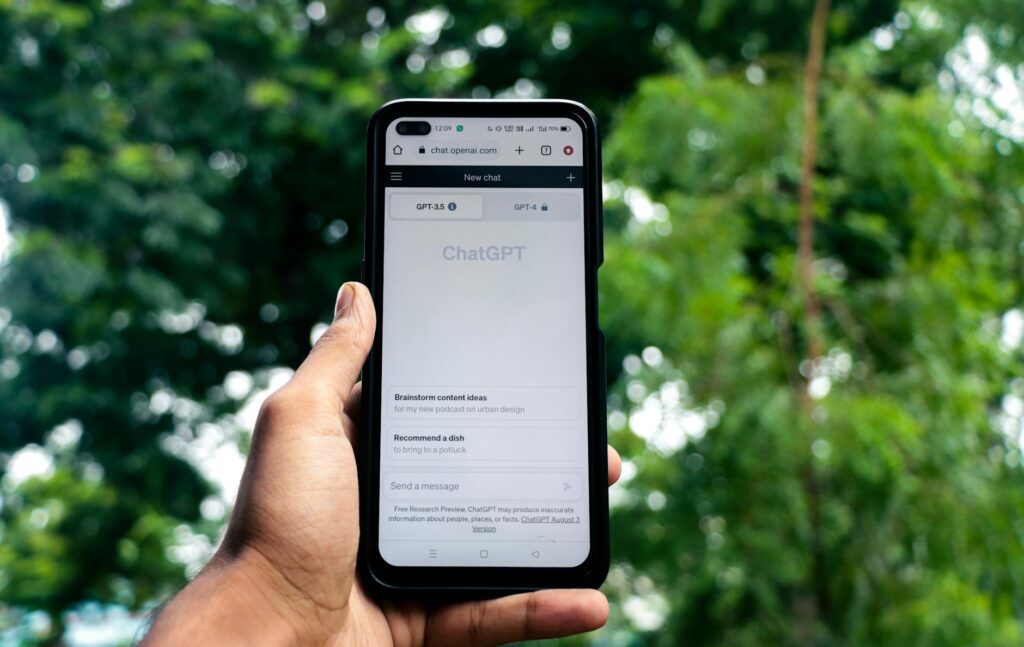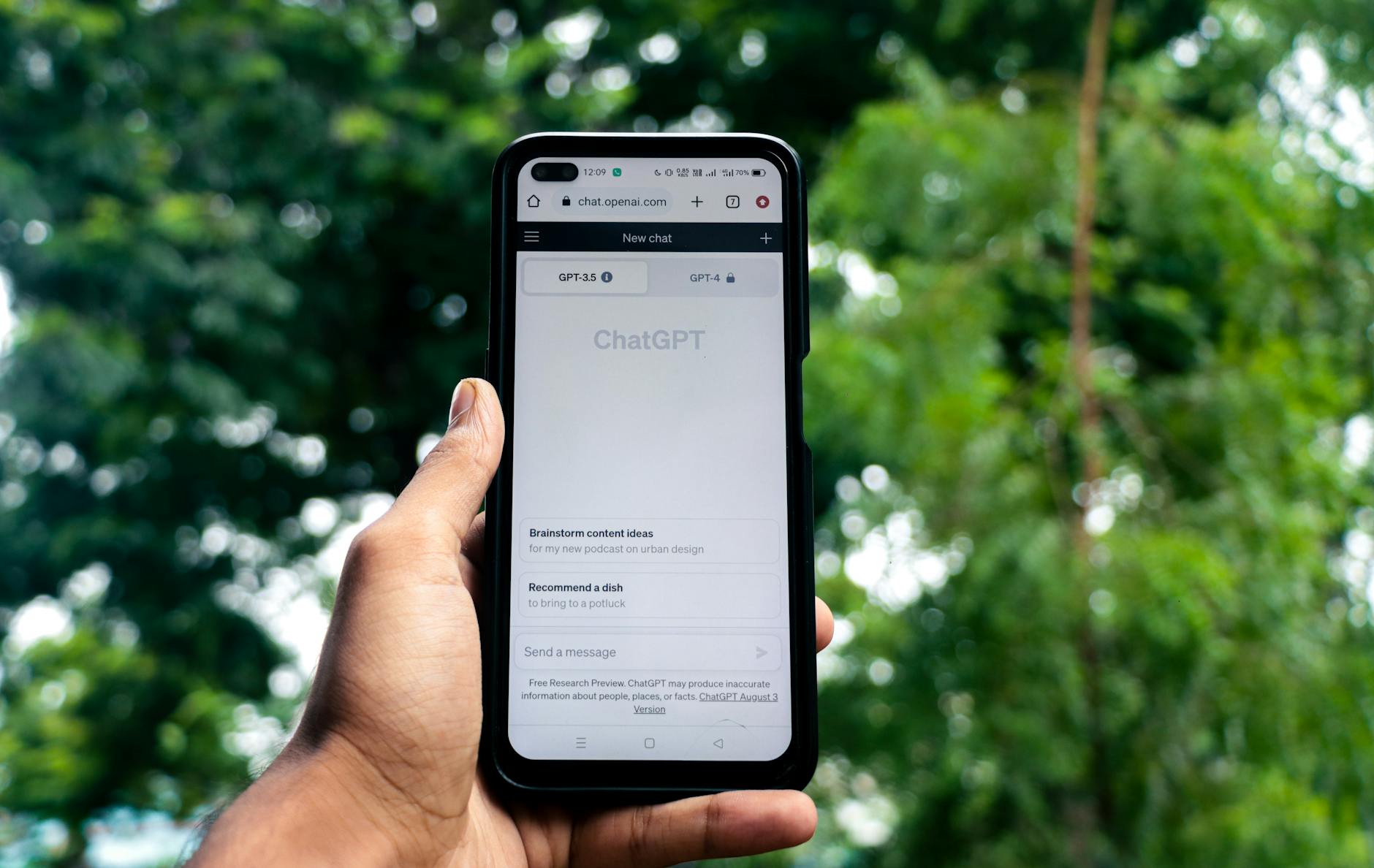What is time usage analytics?

What is time usage analytics?
In our fast-paced world, understanding how we spend our time is crucial for improving productivity and achieving a better work-life balance. This is where time usage analytics comes into play. It’s a powerful tool that allows individuals and organizations to track and analyze their time, giving them insights that can lead to more effective time management strategies.
The Basics of Time Usage Analytics
Time usage analytics involves collecting data on how time is spent across various tasks, projects, and activities. This data can be gathered through software tools that automatically track time or through manual logging. By analyzing this data, users can identify patterns, inefficiencies, and areas for improvement.
For instance, if you find that a significant portion of your day is spent on meetings that aren’t productive, you can take steps to reduce or restructure those meetings. This insight can drive meaningful changes in how time is allocated, allowing for a more focused and productive workday.

Photo by Sanket Mishra
Why is Time Usage Analytics Important?
Time usage analytics provides several benefits, including:
Enhanced Productivity
By tracking where your time goes, you can pinpoint tasks that consume excessive time without yielding significant results. For example, if you’re spending several hours on email management, it might be worth exploring tools or techniques to streamline this process.
Informed Decision-Making
When armed with data about how you and your team use time, you can make more informed decisions. You can allocate resources more effectively, prioritize tasks based on their impact, and even rethink your project timelines.
Improved Work-Life Balance
Understanding how much time is spent on work versus personal activities can help in achieving balance. With time usage analytics, you can set boundaries and ensure that personal time is valued as much as work time.
Tools for Time Usage Analytics
There are various tools available for tracking time usage. Here are a few you might consider:
-
Time Analytics – This software allows users to track billable hours and improve team productivity. It’s particularly useful for professionals who need to manage client hours efficiently. Learn more about Time Analytics.
-
Microsoft 365 Usage Analytics – If your organization uses Microsoft 365, you can visualize and analyze usage data, creating custom reports to share insights across your team. Check out how it works here.
-
Pyze – This tool offers real-time productivity and usage analytics, helping you understand user actions and identify obstacles to work completion. Dive deeper into their features here.
-
App Usage Analytics – For app developers or businesses using specific applications, tracking app usage can provide insights into user engagement and time spent in each app. More information is available in the FAQ.
These tools can significantly simplify the process of gathering and analyzing time usage data, making it easier to implement changes based on your findings.
How to Implement Time Usage Analytics
Implementing time usage analytics in your routine involves a few key steps:
Define Your Goals
Start by determining what you want to achieve with time usage analytics. Are you looking to increase overall productivity? Do you want to reduce time spent on non-essential tasks? Having clear goals will guide your data collection efforts.
Choose the Right Tools
Select tools that align with your needs and the nature of your work. For individuals, simple apps like Toggl or RescueTime might suffice, while organizations may benefit from more comprehensive solutions like Microsoft 365 usage analytics.
Track and Analyze
Begin tracking your time. This may involve logging hours spent on tasks or allowing software to automatically record your activities. After gathering data for a set period, analyze it to uncover patterns and insights.
Make Adjustments
Based on your analysis, make conscious adjustments to your time management strategies. If you observe that certain meetings are unproductive, consider reducing their frequency or duration.
Review Regularly
Time usage analytics is not a one-time task. Regularly review your data to continue refining your approach. The more you understand your time usage, the better you can adapt your strategies for improvement.
Conclusion
Time usage analytics serves as a vital resource for anyone striving to enhance productivity, improve decision-making, and achieve a balanced life. By tracking and analyzing how time is spent, you can unlock insights that lead to more effective time management strategies.
Whether you’re a solopreneur, part of a team, or just a busy individual looking to make the most of each day, embracing time usage analytics can be the key to unlocking your full potential. The path to effective time management starts with understanding how you currently use your time, and the tools mentioned above can help you on that journey.